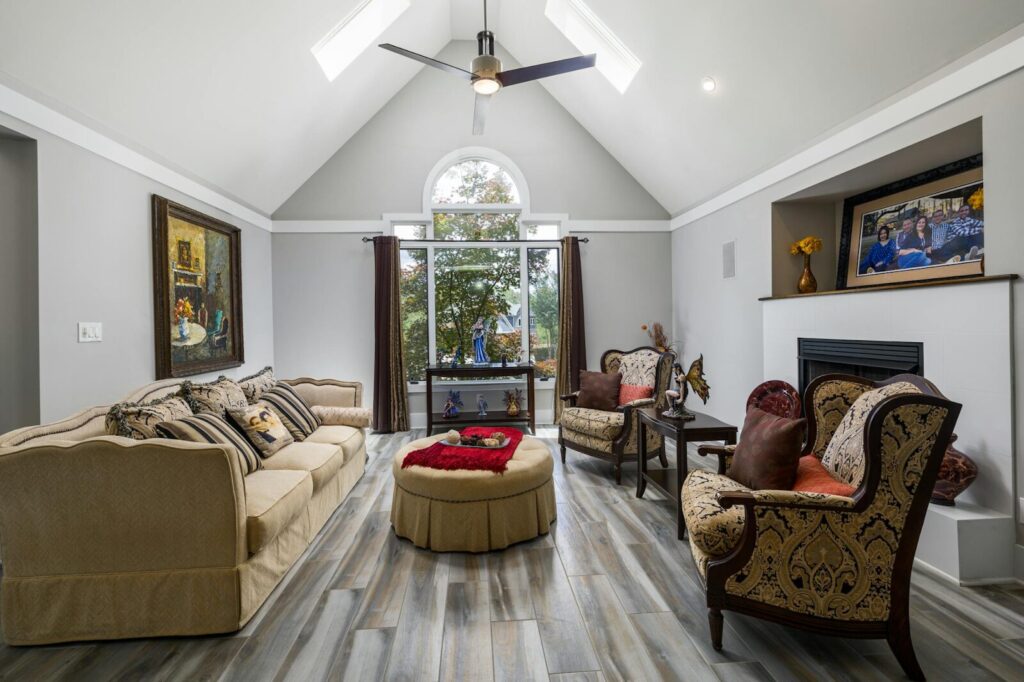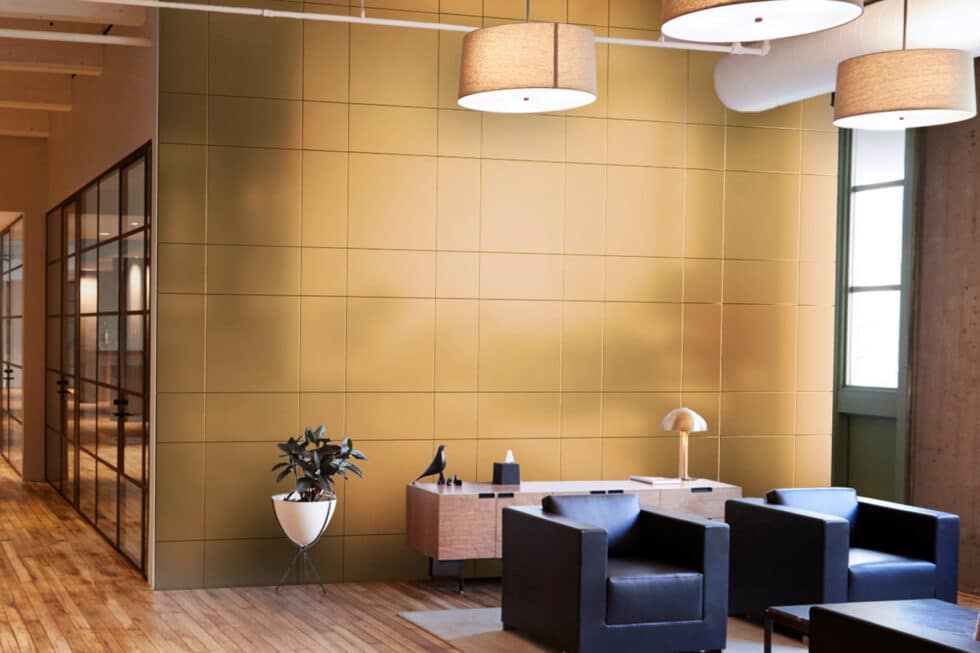In the world of interior design, there has always been a debate between traditional and modern styles. Both have their own unique characteristics and appeal to different types of individuals.
Whether you are building a new home or renovating an existing space, the decision between traditional and modern interior design is an important one. In this article, we will explore the key differences between the two styles and help you determine which one is right for you.
Table of Contents
Traditional Interior Design

Traditional interior design is often associated with classic, timeless elements. This style draws inspiration from 18th and 19th-century European decor, with a focus on ornate details, rich colors, and luxurious materials. Think of elegant furniture, intricate patterns, and formal arrangements. Traditional interiors create a sense of warmth, comfort, and sophistication.
Key features of traditional interior design include:
1. Rich color palettes: Deep reds, greens, blues, and golds are commonly used in traditional interiors to create a sense of opulence.
2. Ornate furniture: Traditional furniture is often characterized by intricate carvings, curved lines, and plush upholstery.
3. Formal layouts: Rooms are typically arranged in a symmetrical manner, with a focus on balance and harmony.
4. Classic patterns: Toile, damask, and floral prints are popular choices for traditional interiors, adding a sense of nostalgia and charm.
Modern Interior Design

On the other hand, modern interior design embraces simplicity, clean lines, and a minimalist approach. This style emerged in the early 20th century and is influenced by the modernist movement. Modern interiors prioritize function over form and often feature open spaces, natural light, and sleek finishes. The overall aesthetic is sleek, uncluttered, and understated.
Key features of modern interior design include:
1. Neutral color palettes: White, black, and neutral tones are prevalent in modern interiors, creating a sense of airiness and tranquility.
2. Minimalist furniture: Modern furniture is characterized by clean lines, geometric shapes, and a focus on functionality.
3. Open floor plans: Modern interiors often blur the lines between different living spaces, creating a sense of flow and connectivity.
4. Industrial materials: Concrete, steel, and glass are commonly used in modern interiors to add an element of rawness and simplicity.
Which Style Is Right for You?

When it comes to choosing between traditional and modern interior design, there are a few key factors to consider:
1. Personal Preference: Think about your own personal style and what resonates with you the most. Do you prefer the timeless elegance of traditional design or the sleek minimalism of modern design?
2. Lifestyle: Consider your lifestyle and how you use your space. If you have a busy household with children and pets, a modern interior with durable materials and easy maintenance may be more practical.
3. Architectural Style: The architectural style of your home can also influence your decision. While traditional design may complement a historic or period home, modern design can enhance the clean lines of a contemporary space.
4. Budget: Your budget will also play a significant role in determining the right interior design style for you. Traditional interiors often require more investment in ornate furnishings and luxurious materials, while modern interiors can be achieved with simpler, cost-effective solutions.
In reality, many homeowners find themselves drawn to a blend of both styles, creating a transitional or eclectic approach that combines the best of traditional and modern elements. This allows for a personalized and unique interior that reflects individual tastes and preferences.
Conclusion
In conclusion, the choice between traditional and modern interior design ultimately comes down to personal preference, lifestyle, architectural style, and budget. Both styles have their own unique appeal and can be tailored to suit individual needs and tastes.
Whether you opt for the timeless charm of traditional design or the sleek sophistication of modern design, the key is to create a space that reflects your personality and enhances your quality of life.
If you’re still unsure about whether traditional or modern interior design is right for you, consider seeking inspiration from OPPOLIA projects. OPPOLIA is known for its innovative and luxurious approach to interior design, offering a wide range of projects that showcase both traditional and modern styles.
By exploring OPPOLIA projects, you can gain valuable insights into how different design elements can be incorporated to create stunning interiors.
Whether you’re interested in classic elegance or contemporary minimalism, OPPOLIA can provide you with the inspiration you need to make informed decisions about your own space.





